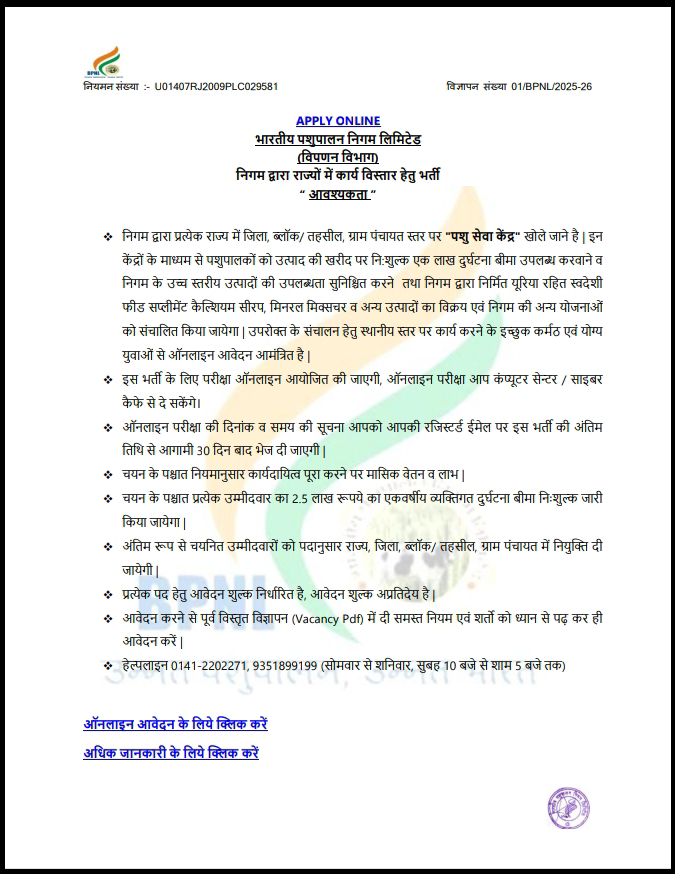Crop Response Production Function
These inputs can include factors like:
* Water: The amount and timing of irrigation or rainfall.
* Nutrients: The quantity and type of fertilizers applied (e.g., nitrogen, phosphorus, potassium).
* Sunlight: The amount of solar radiation the crop receives.
* Temperature: The ambient temperature during the growing season.
* Pest and disease management: The effectiveness of measures taken to control pests and diseases.
* Soil properties: Factors like soil pH, organic matter content, and texture.
* Seed quality and variety: The genetic potential of the crop.
In general terms, a crop response production function can be represented as:
Y = f(X_1, X_2, X_3, ..., X_n)
Where:
* Y is the crop yield (e.g., kilograms per hectare).
* f is the functional relationship.
* X_1, X_2, ..., X_n are the levels of different input factors.
Key Characteristics of Crop Response Production Functions:
* Positive Relationship: Generally, as the level of a beneficial input increases (up to a certain point), the crop yield also increases.
* Diminishing Returns: Beyond an optimal level, increasing the input may lead to smaller and smaller increases in yield, or even a decrease. For example, applying too much fertilizer can be detrimental.
* Interactions: The effect of one input can depend on the level of other inputs. For instance, the response to nitrogen fertilizer might be higher when there is adequate water supply.
* Non-Linearity: The relationship between inputs and yield is often non-linear.
Examples of Crop Response Production Functions:
While a single universally applicable equation doesn't exist due to the complexity of biological systems and varying environmental conditions, some common functional forms used include:
* Quadratic Function: This function shows an initial increase in yield with increasing input, reaching a maximum, and then declining with further increases.
Y = a + bX - cX^2
* Mitscherlich Function (Law of Diminishing Returns): This function shows yield increasing at a decreasing rate as the input level rises, approaching a maximum yield asymptotically.
Y = Y_{max} (1 - e^{-cX})
* Cobb-Douglas Function: This is a multiplicative function often used to analyze the relationship between multiple inputs and output.
Y = a X_1^{b_1} X_2^{b_2} ... X_n^{b_n}
* Linear-Plateau Function: This function assumes a linear increase in yield up to a certain input level (plateau), beyond which the yield does not increase further.
Factors Affecting the Crop Response Production Function:
Numerous factors can influence the specific form and parameters of a crop response production function for a given situation:
* Crop Species and Variety: Different crops and even different varieties within a species have varying requirements and responses to inputs.
* Climate: Temperature, rainfall, solar radiation, and other climatic factors significantly affect crop growth and yield response.
* Soil Type and Fertility: Soil physical and chemical properties influence nutrient availability and water holding capacity, thus affecting the response to inputs.
* Management Practices: Tillage methods, planting density, irrigation techniques, and pest and disease control measures can all modify the input-output relationship.
* Growth Stage: The sensitivity of a crop to a particular input can vary depending on its growth stage (e.g., water stress during flowering can have a more significant impact than during the vegetative stage).
Understanding crop response production functions is crucial for optimizing resource use in agriculture, maximizing yields, and making informed decisions about input management. These functions can be developed through field experiments, simulation models, and statistical analysis of historical data.

.jpeg)






